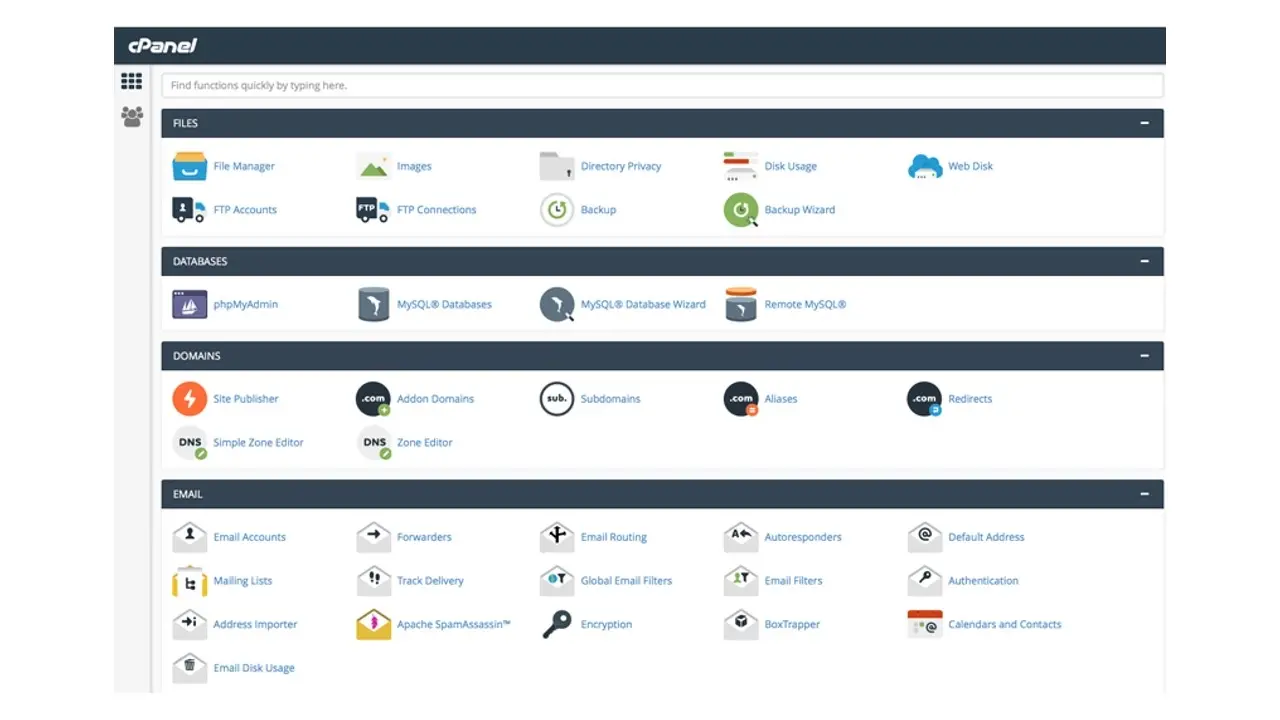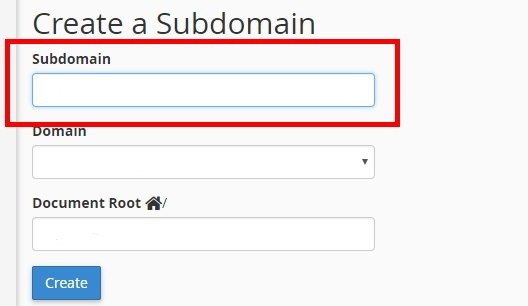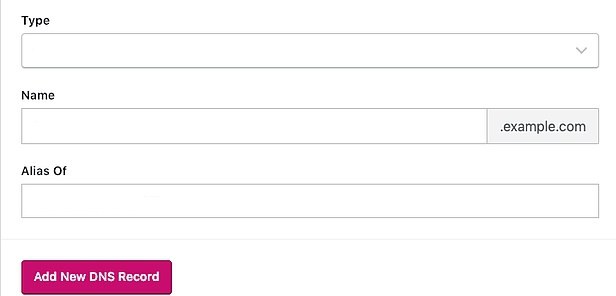Domains are the core of the digital world. They serve as addresses for websites and are therefore essential to any website that exists
Currently, there are more than 367 million domains, with 170 million under the .com and .net extensions.
This article will cover subdomains, including what they are, when and how to use them, and more.
What Is a Subdomain?
A subdomain is a part of a larger website's address. It is a subsection of the main website.
A subdomain lets you create separate sections, like a blog or online store, under one main domain, helping to organize your website better.
The full domain name consists of two main parts: the top-level domain (TLD) like .us .com or .net, and the second-level domain (SLD), which is the brand or business name.
A subdomain, typically "www", sits before the SLD and, together with HTTP or HTTPS, forms your website's full URL.
Subdomain Examples
Subdomains are used to segregate and organize different sections of a website for better navigation and content management. Here are some examples:
blog.websitename.com:
- Focuses on the blog, distinct from the main site.
- Allows for diverse content beyond just product-related articles.

support.website.com:
- Dedicated space to customer support, separate from the homepage.
- Enhances organization and navigability of support content.

en.website.com:
- Specifies the site's language (English), useful for international audiences.
- Supports multi-lingual content management, with counterparts like "es" for Spanish and "fr" for French.

Uses of Subdomains
Subdomains are used for organizing your website's content and its numerous functions more efficiently.
By separating your content and features with subdomains, you make it easier for your customers to navigate your website and find what they are looking for easily and quickly.
Having a website that is easy to navigate is quite important, seeing as around 38% of customers will leave a website if it has a poor and confusing layout.
Subdomains are also used for:
Launching career sites that are linked to your original site by using career.website.com
Creating a forum for your site by using forum.website.com
Creating a mobile version of your website by using m.website.com, which is essential because over 90% of Internet users globally use their mobile devices to browse the Internet, and 57% of users will not recommend a site that has a poor mobile design to others
Steps to Setting Up a Subdomain
1. Choose a Name: Think of a relevant one-word name for your website section to keep the URL short and clean.
2. Log into cPanel: Access your hosting provider’s cPanel and find the Subdomains or Add Subdomains option after choosing a name.

3. Enter Subdomain: Click the subdomain icon, enter your chosen name, and ensure the correct primary domain.

4. Add DNS Record: In DNS settings, click "add" to create a new record, specifying what the subdomain connects to.

5. Create Subdomain: After adding the DNS record, click "create" and wait for activation (30 mins to 24 hours).
6. Set Up Website: With the subdomain active, set up a site (e.g., WordPress for your blog) that matches its purpose and content.
Can Subdomains Influence Your SEO Performance?
Subdomains affect SEO both positively and negatively. Here’s how:
Pros of Subdomains on SEO
Cons of Subdomains on SEO
SEO Tips for Naming Subdomains
Crafting the perfect subdomain name is crucial for maintaining a cohesive and intuitive online presence. Follow these best practices to ensure your subdomains enhance user experience and support your SEO efforts:
- Use simple and predictable names like blog.yoursite.com or shop.yoursite.com.
- Ensure your naming is consistent with your brand identity.
- Stick to letters and numbers for broad compatibility.
- Use relevant keywords judiciously for SEO benefits.
- Consider geographically tailored subdomains, like us.yoursite.com, for a global reach.
Subdomain vs. Subdirectory: Key Differences
What should you choose between a subdomain and a subdirectory? Here are some key differences between both options to help you make a better decision.
| Feature | Subdomain | Subdirectory |
|---|---|---|
| URL Structure | blog.website.com | website.com/blog |
| Content Separation | Creates separate websites | Acts as pathways within the main website |
| Use Case: Online Store | Preferred | Possible, but less preferred |
| Use Case: Blog | Preferred | Possible, but less preferred |
| Functionality | Operates as a separate website | Does not operate as a separate website |
| SEO Benefits | Preferred for SEO benefits | Less SEO benefits compared to subdomains |
Subdomains vs. Multiple Domains: What's Best for Your Brand
Deciding between subdomains and multiple domains is crucial for your brand's online strategy. This comparison table will help you understand the key differences and make an informed decision.
| Feature | Subdomains | Multiple Domains |
|---|---|---|
| SEO | Seen as part of the main site but distinct for targeting. | Treated as completely separate sites. |
| Organization | Great for sorting content under one brand. | Ideal for distinct brands or products. |
| User Experience | Smooth navigation under one brand. | Custom experiences for each domain. |
| Cost | More budget-friendly. | More expensive due to multiple domains. |
| Management | Easier, with everything in one place. | More complex with separate accounts. |
| Brand Identity | Keeps content aligned with one brand. | Allows for different identities. |
| Setup | Straightforward with hosting tools. | More complex with separate setups. |
The Bottom Line
Subdomains enhance your website's organization and appeal to visitors by offering dedicated spaces for varied content, thereby improving user experience.
Additionally, they provide significant SEO benefits, increasing your online visibility and contributing to your success on the internet.
Frequently Asked Questions
What is a domain name?
A domain name is the name of your website. A domain name is a word or a phrase that people enter in their browsers in order to be taken to a certain website on the Internet.
What makes a certain domain valuable?
Valuable domains are usually memorable, easy to spell, pronounce, and short.
What is a top-level domain?
A top-level domain is the last part of the domain name, so it’s everything that goes after the final dot in the domain name.
How much does a domain cost monthly?
Usually, domain names cost from $0.99 to $12 per month. However, at Verpex, we offer a free domain name with our hosting packages.
Can using multiple subdomains have a security impact on my main website?
Yes. Subdomains can introduce security risks if not secured properly, potentially exposing the main domain to vulnerabilities.
What are the cost implications of creating and maintaining subdomains?
Cost of subdomains is minimal. Most hosting services offer subdomains for free, but managing them may incur indirect costs related to content and security management.
How does the use of subdomains affect website analytics and tracking?
You can configure your analytics setup to track subdomains accurately, allowing for separate or combined analysis with the main domain.

I've been navigating the web hosting waters for years now. As the Chief Editor at Verpex, I team up with some awesome writers to dish out the good stuff on hosting. Got a Master's in Journalism, so I always have an eye out for quality. Whether you're just dipping your toes or you're a seasoned surfer, I'm here to make everything web hosting feel like a breeze
View all posts by Julia Lozanov

















